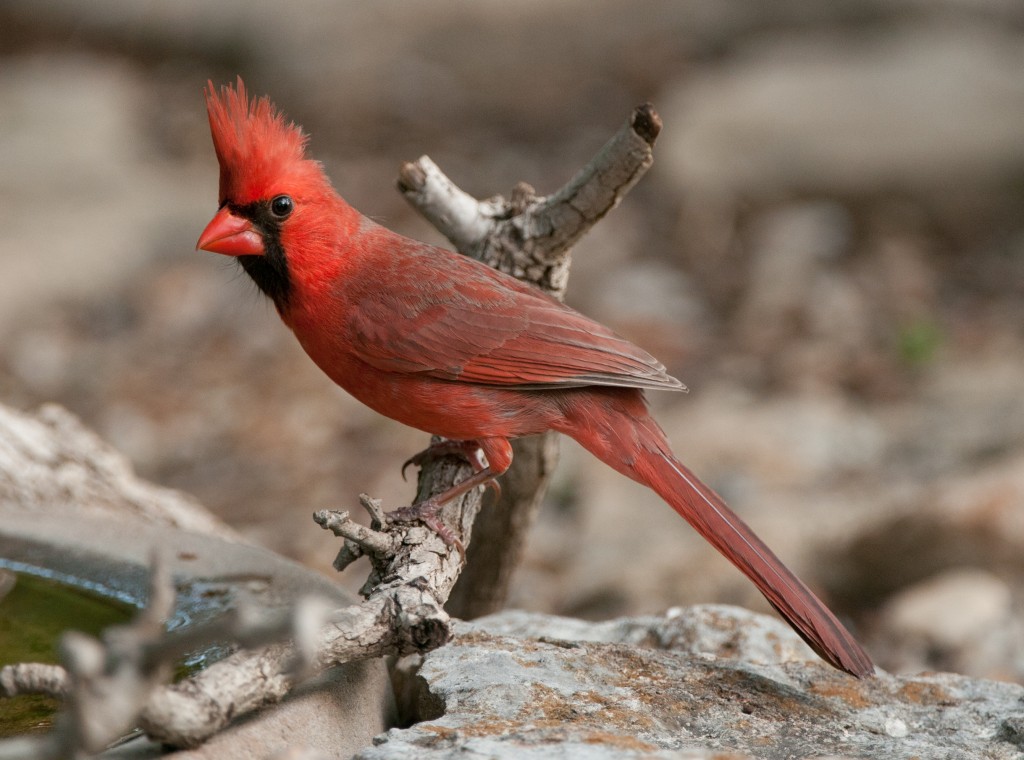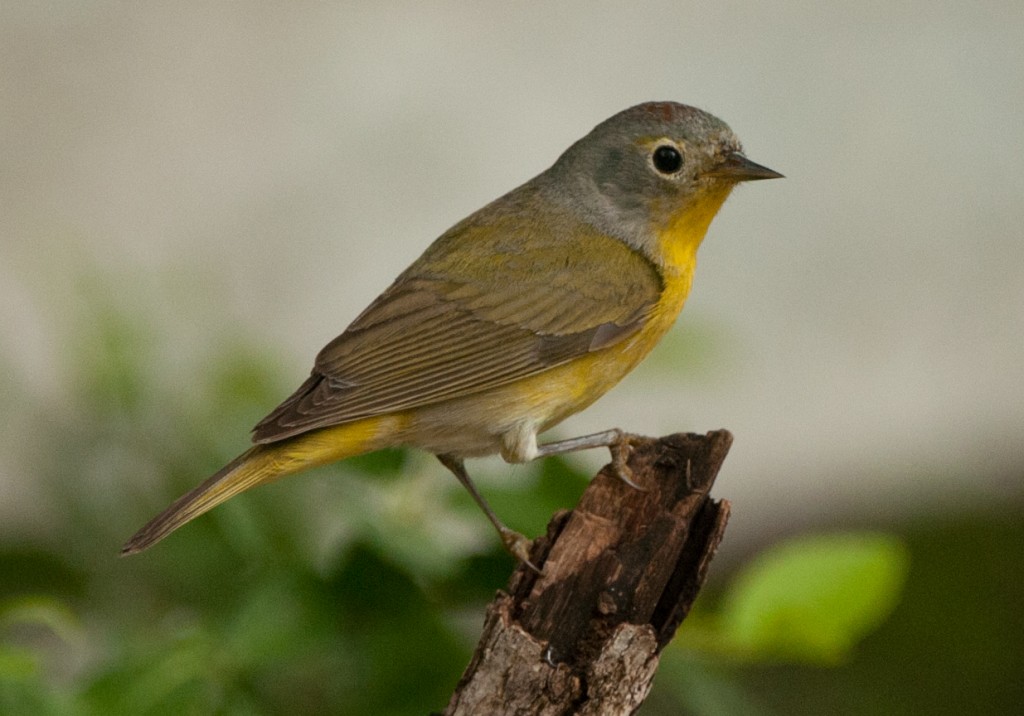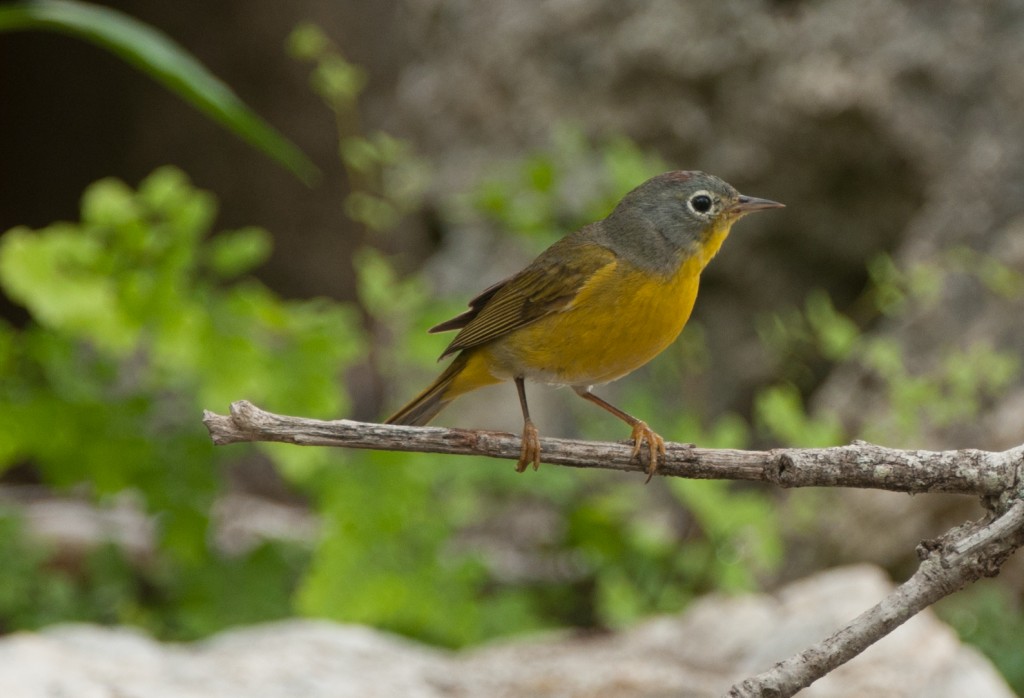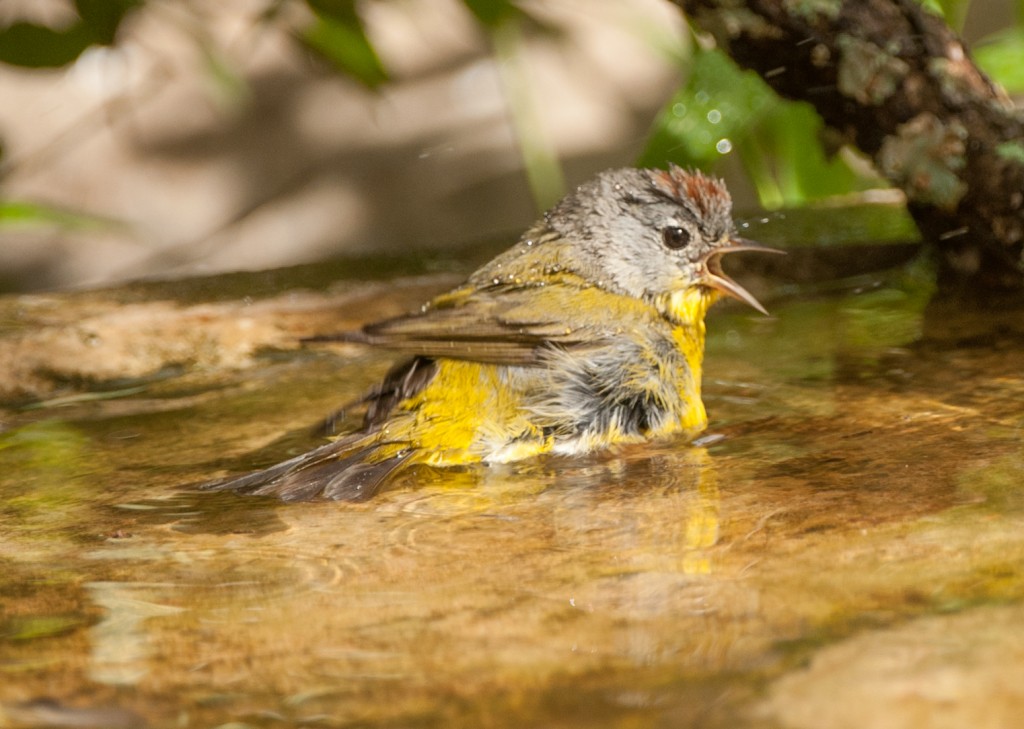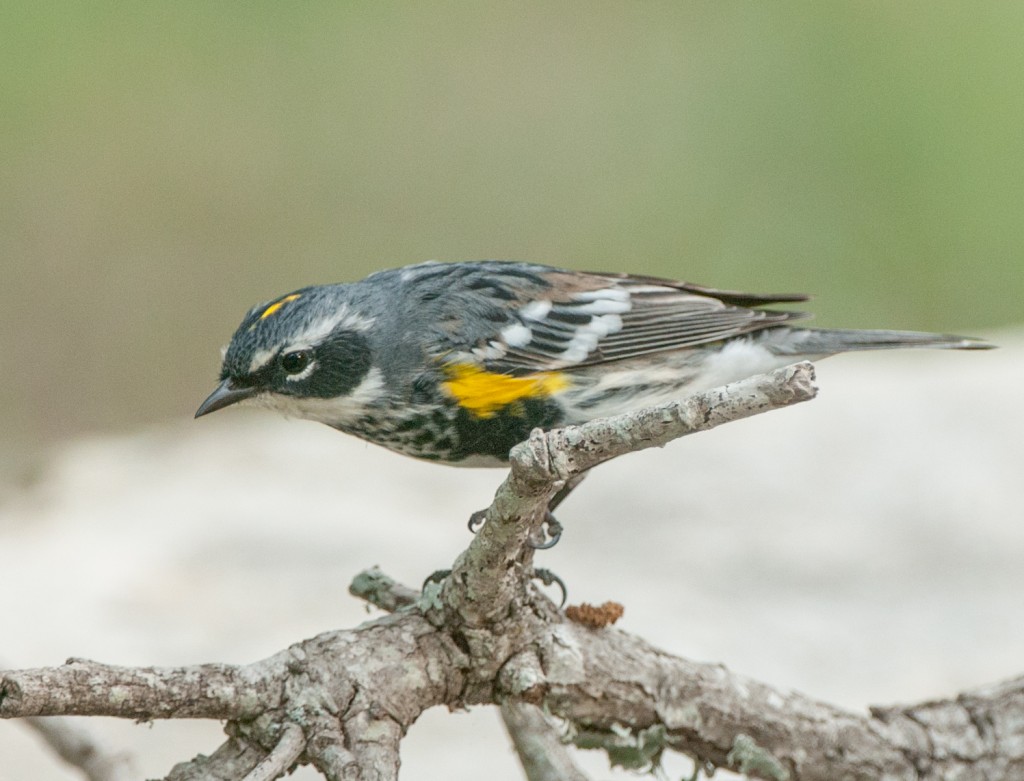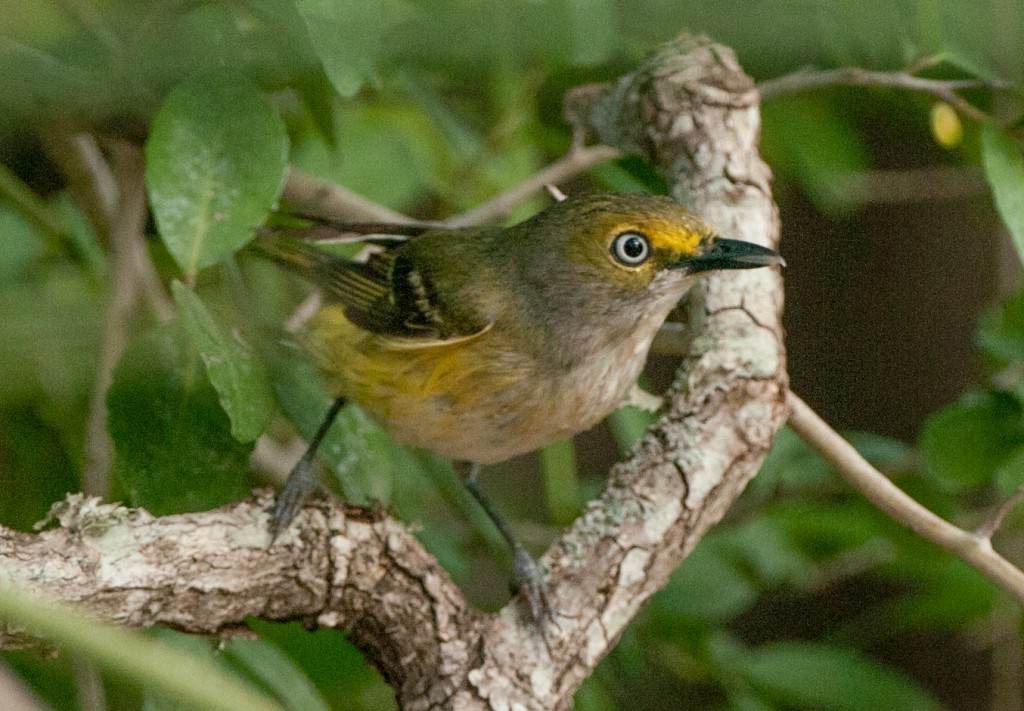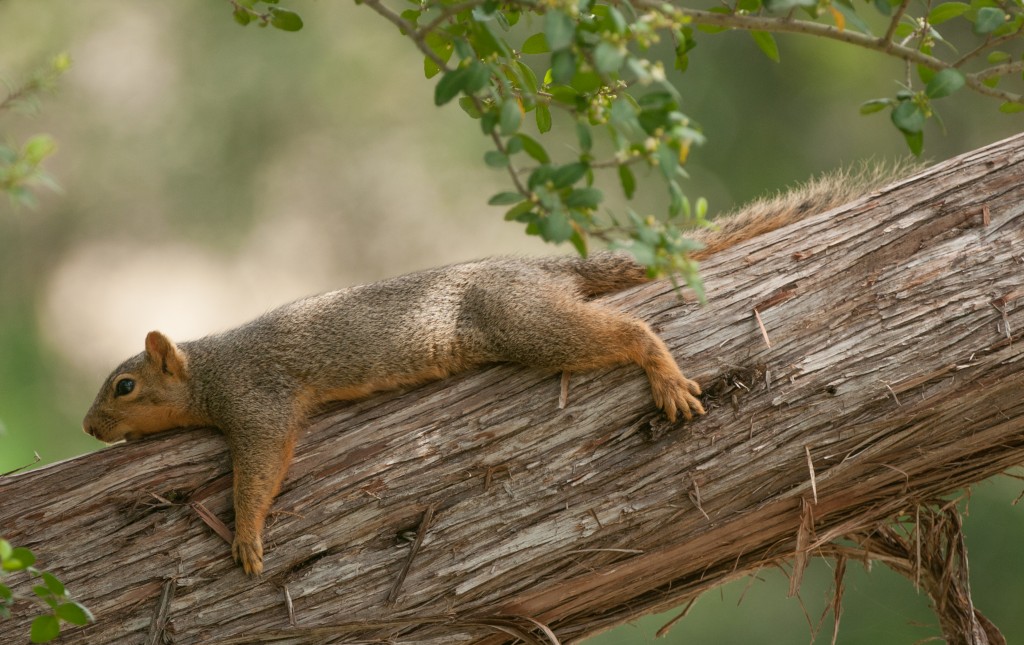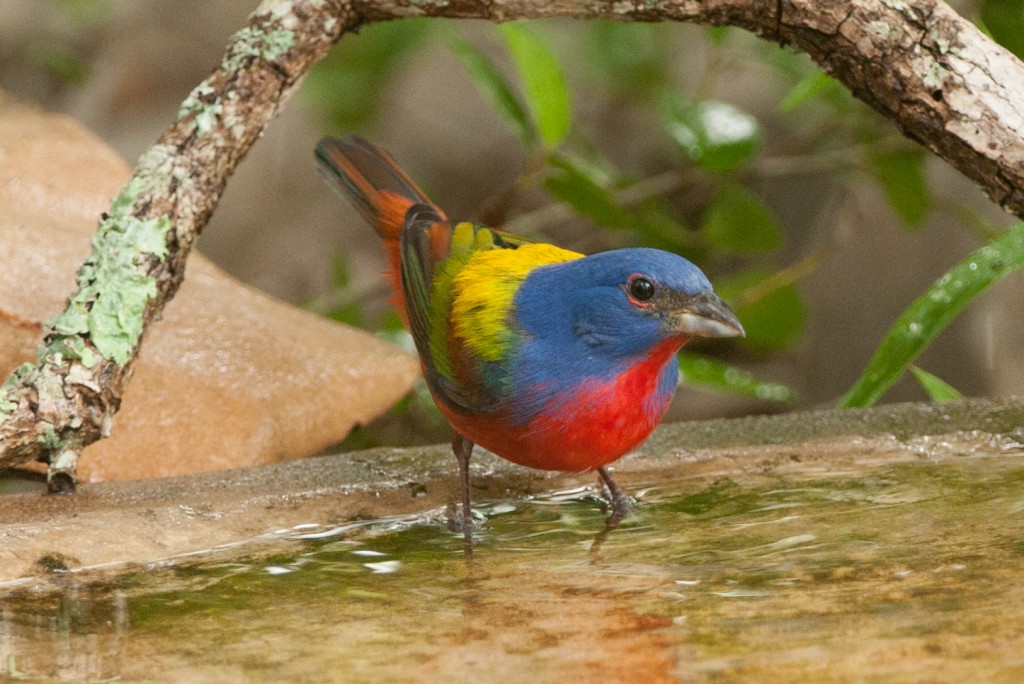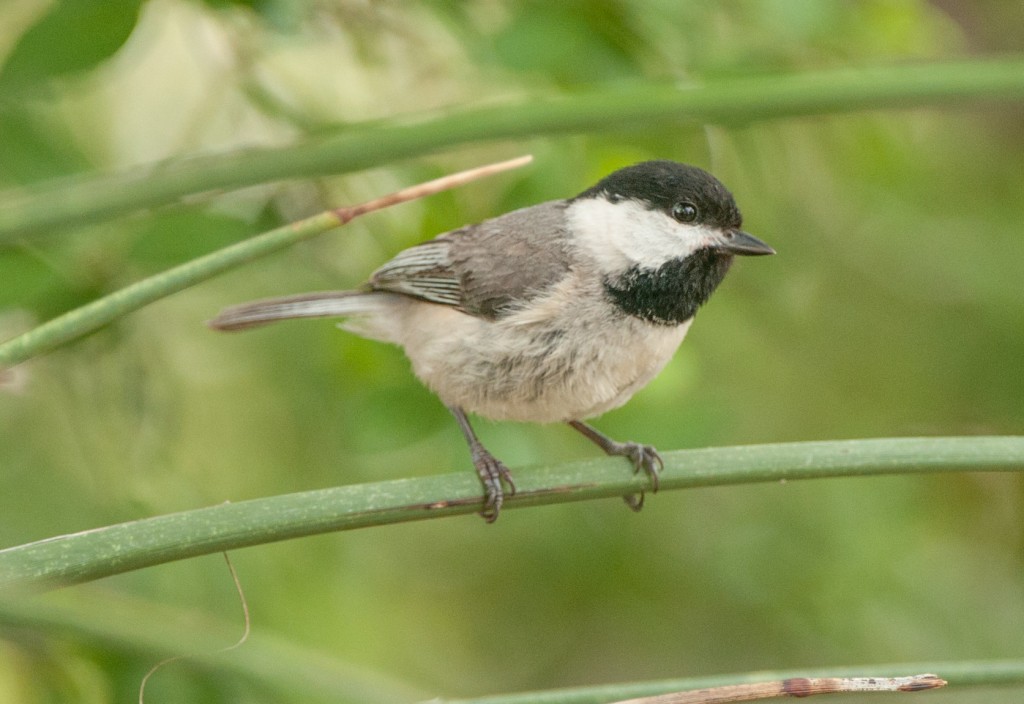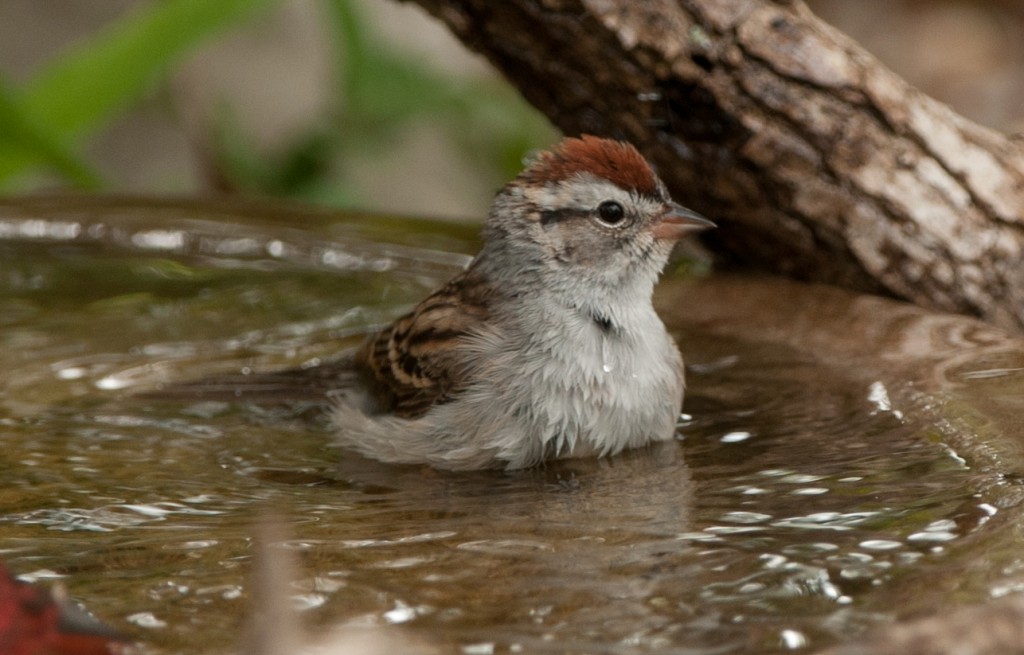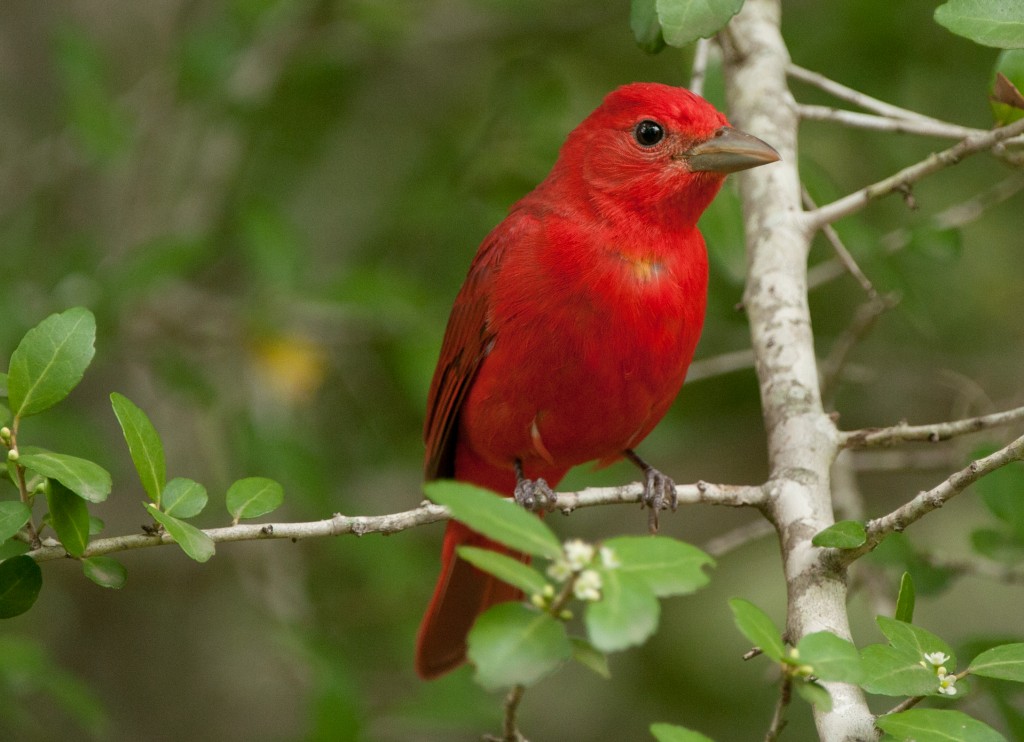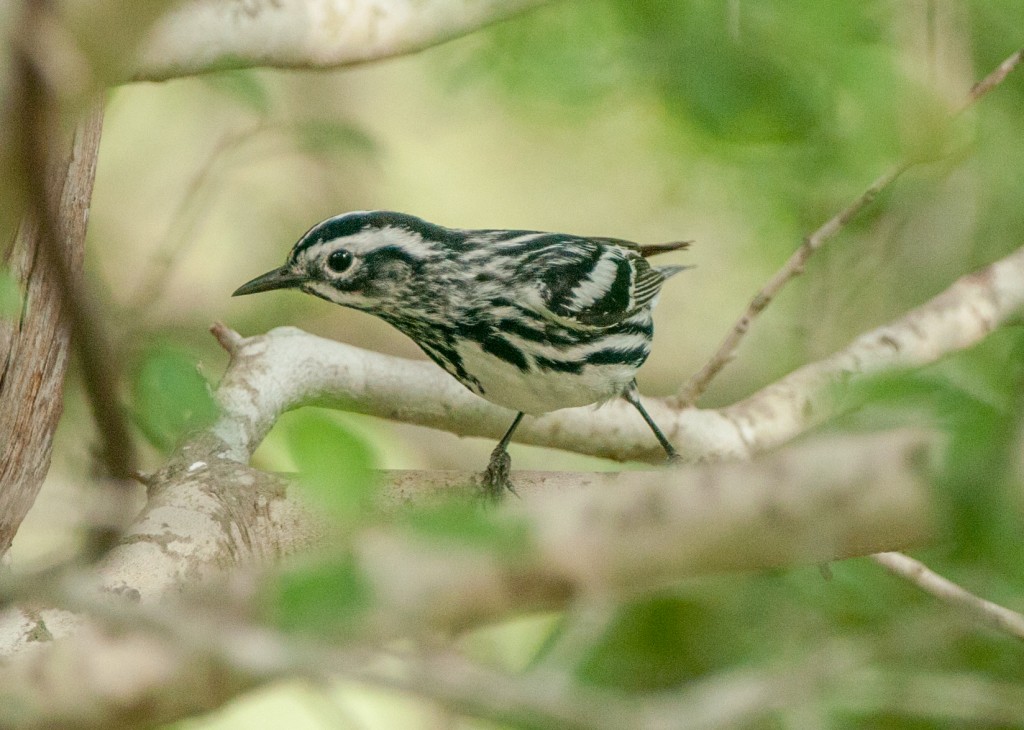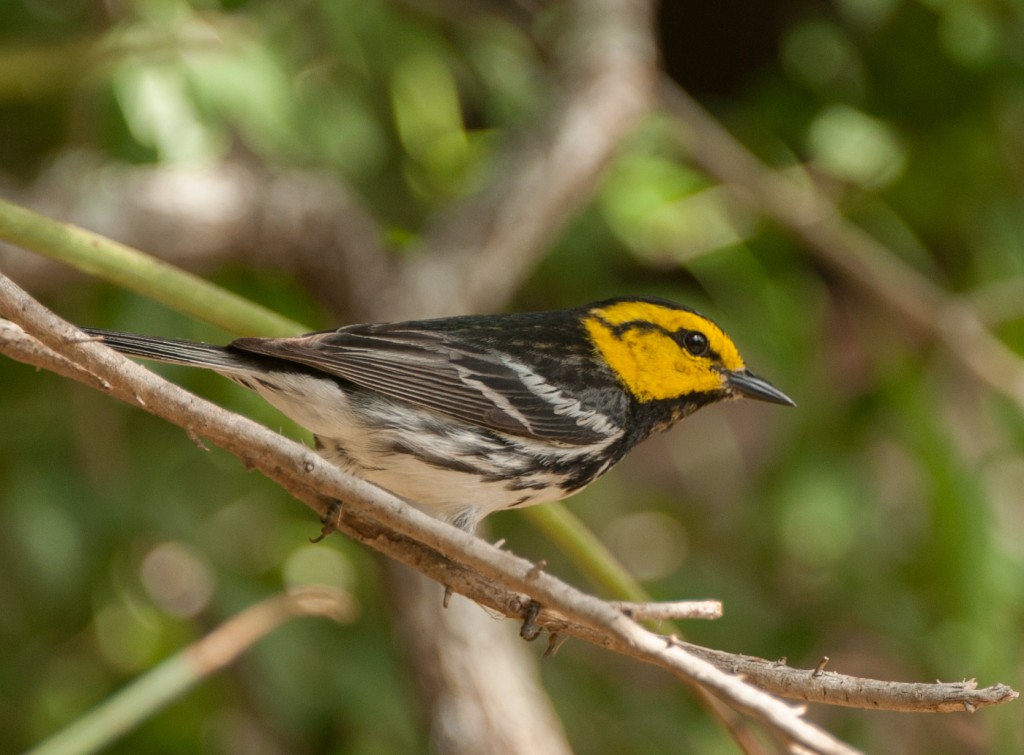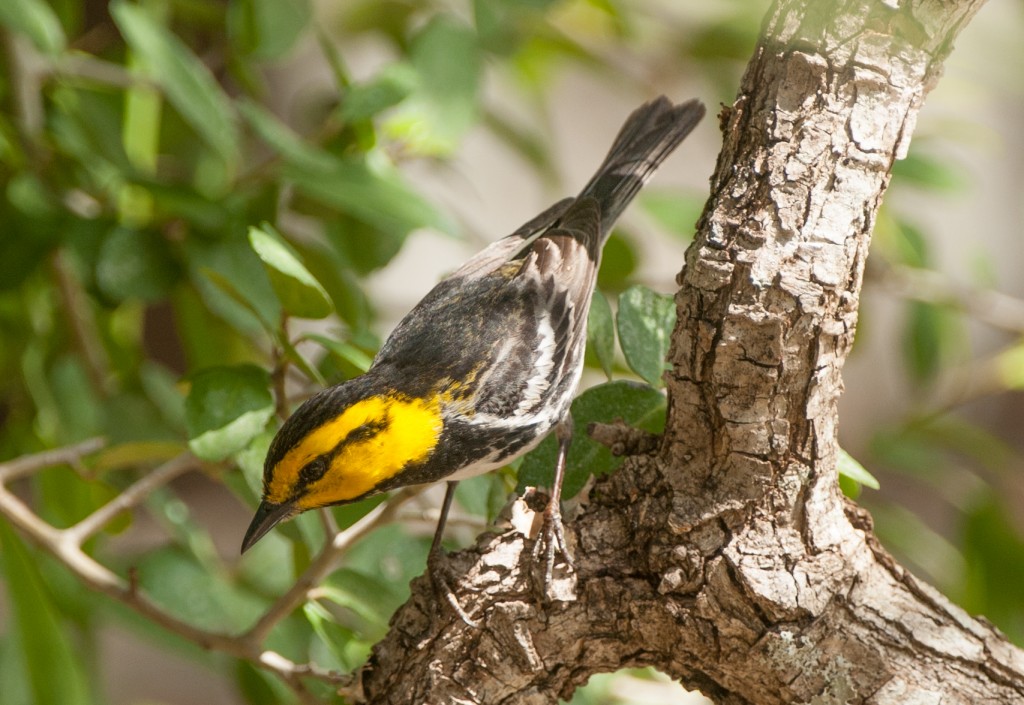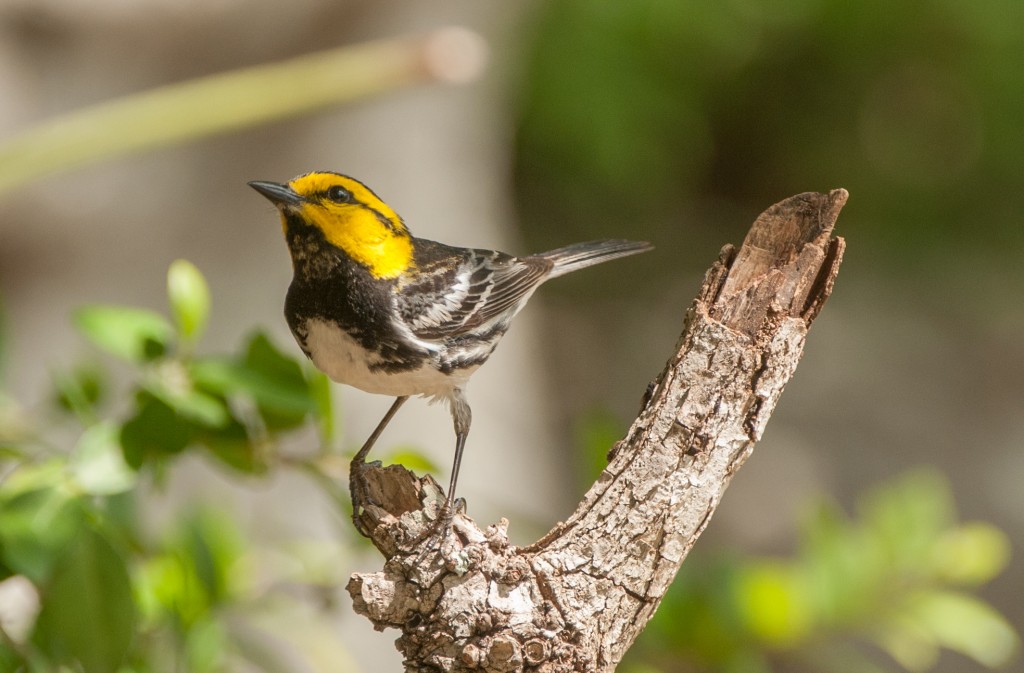These birds, and many, many others were all photographed just outside Driftwood, TX on April 15.
If you look closely you can see that the Nashville warbler has an orange crown, very similar to the Orange-crowned warbler. Both species were coming to the bird bath and at times I had difficulty telling them apart.
The Yellow-rumped warbler is composed of two ‘races’, the Myrtle’s (as is pictured here) and the Audubon’s. The Myrtle’s race is widespread across North America while the Audubon’s race is more generally found in the western portion of North America. Their territories overlap.
The The White-eyed vireo was a very common migrant during the time I spent in Texas. Rather than sitting beside the water and getting a drink, or immersing itself in water as many of the other birds do, this bird makes quick, short flights onto the surface of the water and flies right back up to a perch. It happens so fast that it’s difficult to follow and even more difficult to photograph. Vireos hunt bugs in the leaves and bark as do warblers, but are much more deliberate hunters and can generally be observed easier because they aren’t as active. I could never quite get used to the ‘expressions’ on these birds’ faces!
This Eastern Gray Squirrel is an ‘introduced’ species to much of the west. In most areas of the country birders consider them a nuisance and spend extra money purchasing feeders and related devices in a mostly futile effort to keep the squirrels from eating bird seed.
This particular squirrel is exhibiting behavior I felt on some of the warmer days I spent in Texas!

